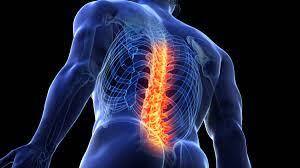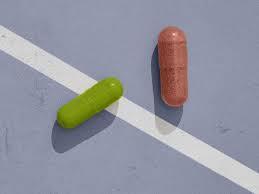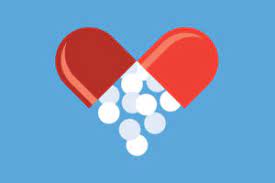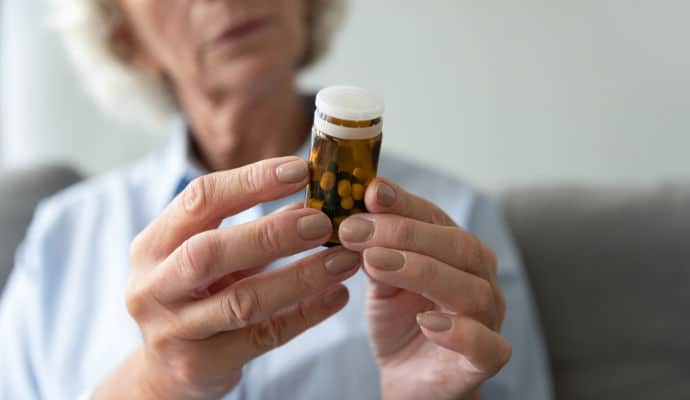Consuming strawberries has been associated with better mood and cognitive function in overweight adults.
A recent randomized, controlled study found that eating strawberries in middle age may help prevent depression and cognitive decline in later life. Participants in the study were middle-aged individuals who self-reported as having mild cognitive decline and who were overweight and insulin resistant. According to the study’s authors, the neuroprotective agent may be anthocyanins, which are bioactive compounds found in berries like blueberries, strawberries, and others. A neurologist endorsed strawberries as a nutritious food, but he was dubious about the study’s conclusions. A recent study found that middle-aged adults with obesity and insulin resistance who ate strawberries for 12 weeks experienced less depression and memory impairment. Because cognitive disorders, like Alzheimer’s disease, progress slowly over years starting in midlife, the authors of the study looked into dietary changes that might improve mood and slow the progression of dementias. The nutritional substance found in strawberries called anthocyanins is the subject of the study. The lead author of the study found that anthocyanins, which are also found in blueberries, may have enhanced executive brain function in earlier studies.
This investigation was a small-scale, double-blind, randomized, placebo-controlled trial. There were 25 women and 5 men present. Two groups were formed out of them: one got a placebo and the other got strawberries. Prior to the commencement of the 12-week trial, the individuals’ neurocognitive health and mood were evaluated by the researchers. The experimental group was given instructions to consume one packet of powder mixed with liquid during the trial. The powder was made from freeze-dried and milled whole strawberries. The California Strawberry Commission, which provided funding for the study, determined that one cup of whole, fresh strawberries was the equivalent of one strawberry packet. The strawberry powder’s taste, appearance, and carbohydrate load were all replicated in the formulation of the placebo by the researchers. To avoid skewing the results of the study, neither group consumed any other berries during the trial period. This is because other berries might contain their own unique neuroprotective compounds. The study’s authors determined that participants’ self-reported mood and the frequency of intrusion errors were the main effects to be measured following the trial period. Repetition or memorization of words not included in a word-learning task are referred to as intrusion errors.
Following the study, the researchers saw a decrease in the number of intrusion errors as well as a decrease in the occurrence of depression. According to preventive cardiology dietitian Michelle Routhenstein, RD, CDE, CDN, who was not involved in the study, strawberries are rich in anthocyanins, which may have positive effects on cognitive and emotional health. The red color of strawberries is attributed to anthocyanins. Strong antioxidants with anti-neuroinflammatory qualities, anthocyanins are good for mental and emotional well-being. According to Routhenstein, anthocyanins are also present in other fruits, including mulberries, blackberries, blueberries, bilberries, and black currants. For many, frozen strawberries are the only options available for much of the year. According to Routhenstein, frozen strawberries are just as nutritious as fresh strawberries and, given their seasonality, may often be more tasty and convenient to eat, so there’s no need to worry. In order to prevent the vitamin C content from being destroyed when it is exposed to heat, like when microwaving, it is best to thaw them naturally, like in the refrigerator overnight. The authors of the study postulate that the anti-inflammatory properties of strawberries’ anthocyanins may provide protection against cognitive decline by reducing inflammation and oxidative stress.
It’s very hard as a clinical neurologist to say that food that’s going to be anti-inflammatory is going to protect you from memory loss, expressed skepticism from neurologist Dr. Clifford Segil. This is because we give people anti-inflammatory drugs like Motrin, Advil, and Alleve. How is a smart anti-inflammatory food going to affect you if those don’t protect you against memory loss? Strawberries seem like a good option. Dr. Segil continued. However, it’s difficult to say whether it would have neuroprotective effects. Dr. Studies like this one, according to Segil, frequently come across his desk, My favorite study to date has been one on syrups and how maple syrups are protective. My only wish is that syrup would be neuroprotective because my kids adore it. Nevertheless, some studies have linked the consumption of strawberries and their bioactive compound, pelargonidin, to a lower risk of the tau tangles that are a hallmark of Alzheimer’s disease.
REFERENCES:
For medications that have been suggested by doctors worldwide are available here https://mygenericpharmacy.com







